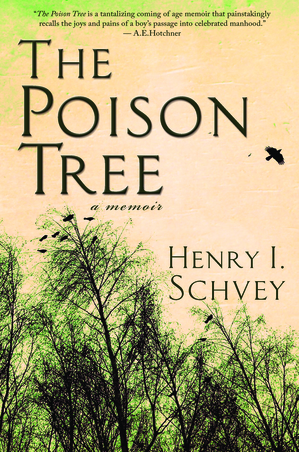Share the post "Anatomy of A Crime Novelist: The Mystery Style of Karin Slaughter"
By Dane Marti

Karin Slaughter courtesy of her website.
It is simple to see: Karin Slaughter enjoys her career. Her witty and insightful southern personality engrossed and entertained the large crowd at the St. Peter’s County Library, a modern building situated in a suburban area near St. Charles, Missouri. It isn’t an exaggeration to report that the audience was enthralled by her discussion and Q & A on the world of crime.
Crime is pretty gruesome stuff, so for Slaughter research is key especially forensic research because her novels are filled with bodies, lots and lots of dead bodies. Her books depict the dark underbelly of crime. She admits that some of her research is not easy to look at, but it is vital for creating a true portrait in her books. “It’s a job to make these character’s seem real…but I know that they are NOT,” she emphasized, imagining that there probably were people who believed that someone who spent time writing ghoulish material must have a screw loose. It is apparent that Karin has her feet firmly planted on planet earth.
Perhaps this comes from how she was raised. Her father’s stern discipline (he wanted to see his children’s homework every night—with no excuses) is something that made her into the person and novelist she is today. Her southern background was also a major influence on her personality and her writing. Slaughter’s favorite writer while growing up was Flannery O’Connor, known for a darkly Gothic view of the south – the Old South – “where a woman was supposed to keep her mouth and legs shut.” Even with that though, her novels do contain risque moments, subjects some people would find more than a little shocking.
As she spoke to the large group, you could tell she considered her writing to be much more literary in its execution and content than many believe the mystery genre to ordinarily contain. She doesn’t create characters that are simply cardboard and superficial. “Frankly, some of my characters are not completely good people.” The element of truth must run through the stories.
Fascination with the often-flawed characters can build over time and different tales. Slaughter’s fans avidly follow her colorful characters and shocking conclusions with rapt, obsessive interest. In some cases, it helps to build the popularity and empathy of her characters as they move through a series of novels.
Slaughter definitely appears to be almost as enamored with her characters as her audience – passionately discussing the characters as if they were living, breathing entities. Even she is surprised by the often convoluted twists and turns their lives take.
Still, in her literary ‘world’, all the characters –-even the minor characters—need to be shaded with realism, including the unpleasant situations in which they often find themselves.
In order to create a realistic crime world for her stories, Karin has visited a plethora of literal crime scenes, viewed grotesque photographs, and examined objects that would disturb most people, such as bloody rooms filled with implements of death.
“Crime changes people. It happens to people every single day. I also know the horrible things that other people do, too.”
Every writer has a different way of working. According to her, Lee Child, whom she recommends, will not begin writing his book until he has come up with the first, accurate and essential line. Conversely, Jefferey Deaver, another fan whom Slaughter admires, outlines his novels in minute detail. While not going into detail about her writing process, Slaughter did share that she cannot read any novels while she’s writing, so she won’t lose focus. Still, she does get the writing accomplished: “I write a book a year. I write for long, intense stretches. I’ll work for 12 hours a day for three weeks… then I piddle a week away moving around my house…I like to finish the first book and before taking a break, begin the next book! it keeps the tone of my novels on the same level.” With this dedication to craft, it is easy to see why she has had success. Her books are published in 32 languages, selling a whopping 30 million copies!
After hearing her speak, it is easy to see why she has been so successful. Intelligent, charismatic, witty and attractive, she shows a level of creativity, with an essential work ethic a writer must possess to survive and get published.


